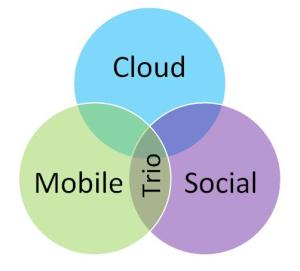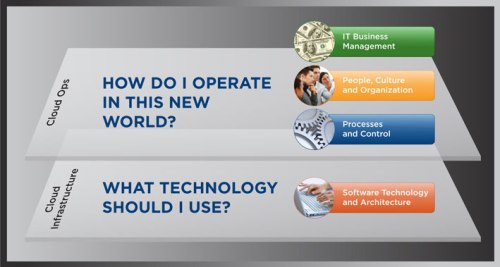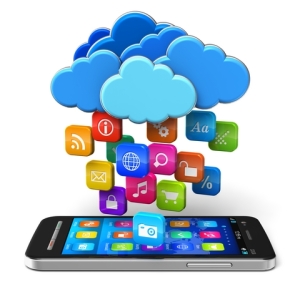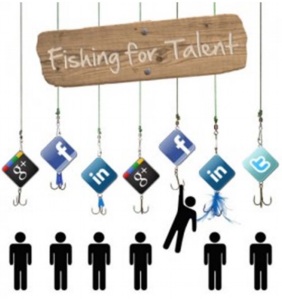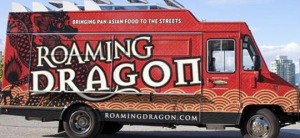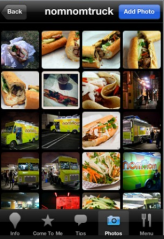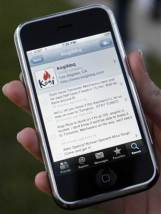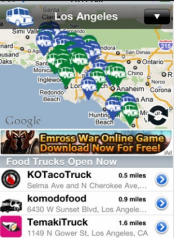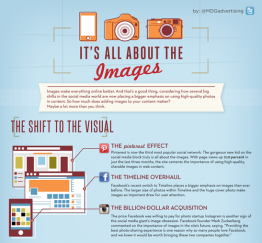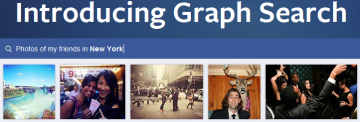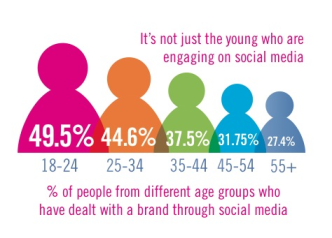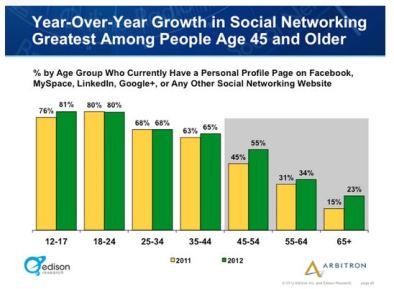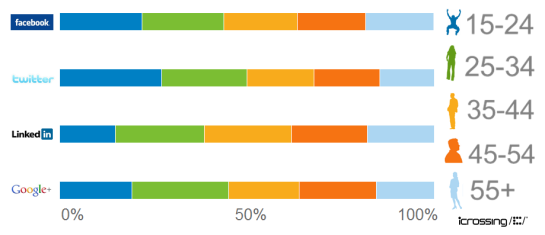Scientific research indicates the brain transmits 90% of visual information and processes it 60,000 times faster than information in text form[1]. Digital media has transformed the reach of visual content. Digital images such as pictures, videos, infographics, word clouds, etc., can be posted and shared quickly on social networks. On Facebook alone, 75% of content posted globally are photos. On Twitter, photos and videos are re-tweeted 63% more than other types of content (see chart below). In 2013 LinkedIn purchased Pulse, a news reader that presents content visually to its member base.

The consumption of visual digital content has also led to the creation of many popular platforms such as YouTube, Pinterest, Instagram, Flicker and Vine (just to name a few).




Its popularity has also had an impact on marketing and recruitment; specifically in the areas of diversity. As populations become increasingly diverse it continuously creates new customer and employee needs. These demographic shifts in both consumer base and talent pools have put pressure on organizations to build workforces that reflect the markets they are trying to serve. Companies such as RBC have created an integrated approach (as shown below) recognizing the fluidity between consumer, employee and community member[2].

Consumer marketing has created digital brand strategies to tap into new demographics and create an emotional experience. The image below is a great example of this. The experience is reflected in the image to create an emotional response. To make you picture yourself using the product. It’s powerful because people can more easily relate if they see images that reflect themselves.

Talent acquisition is no stranger to developing diversity strategies to build their workforce. For years organizations have tried to create programs to attract, source, hire and retain diverse candidates. Few have been able to claim bragging rights. Diversity recruitment has always relied on images to depict inclusion and representation. Social media has enabled this approach to go viral.
Even though diverse images and videos are much more prevalent, prospective candidates have also shifted their approach. They now rely on employee experiences to validate the diversity proposition and actual representation of their prospective employer. According to a Glassdoor.com survey; candidates are signficantly influenced by employee experiences and how they perceive their employer.

They’re looking for more meaningful and authentic messages from employees that reflect themselves.

As employees build their online presence they also provide insight to the demographic composition of their organization. Candidates now have more visibility into representation both vertically and horizontally than at any other time in history. It represents the shift from an aspiration to something that is achievable. It’s this reflection of inclusion through employee experiences that are emotional and impactful. Consider the brand of two employers below:


Which one would you click on to find more?
People overwhelmingly chose the image on the bottom. They felt diversity and inclusion were represented and reflected by real employees. It felt more authentic. The visual digital collage created an emotional reaction. A connection. An experience.
The goal is to make you picture yourself working at this organization. It’s employee experience that lies at the heart of talent branding. Creating an experience that resonates with potential candidates. An authentic experience delivered through employees.

I’d love to hear your perspectives on topic! Share them with me @annzaliebarrett or through LinkedIn.
_______________________________________________________________________________
[1] http://tech.co/visual-content-will-rise-2015-2015-01
[2] http://www.rbc.com/diversity/why-does-diversity-matter.htm

